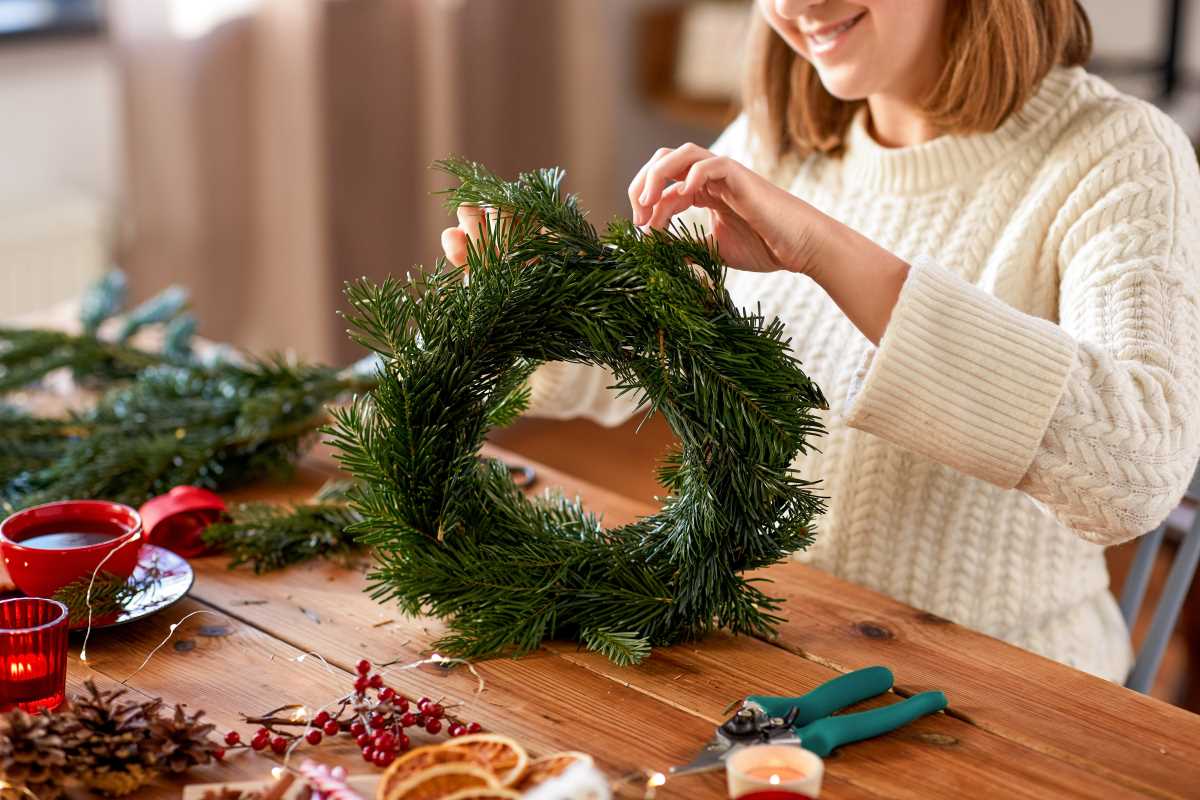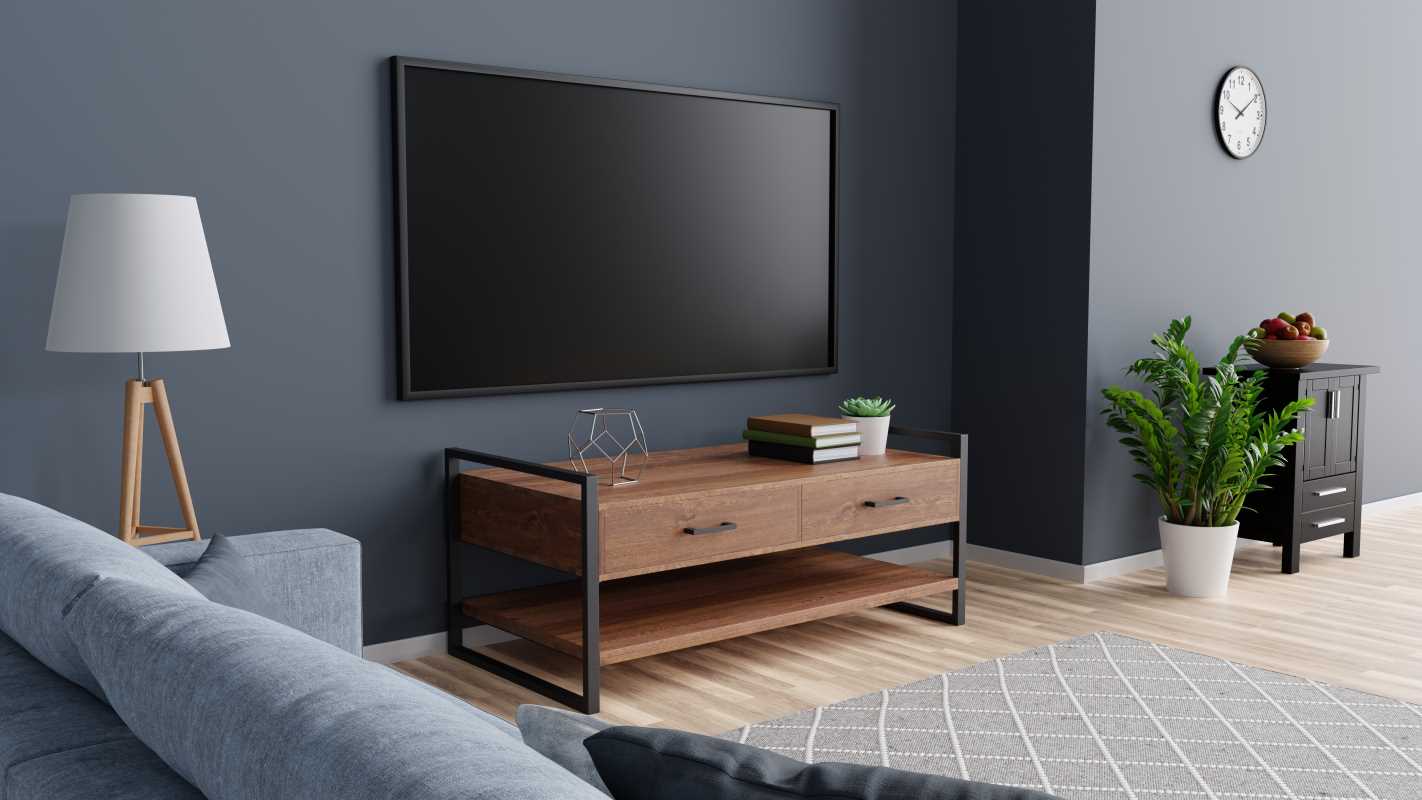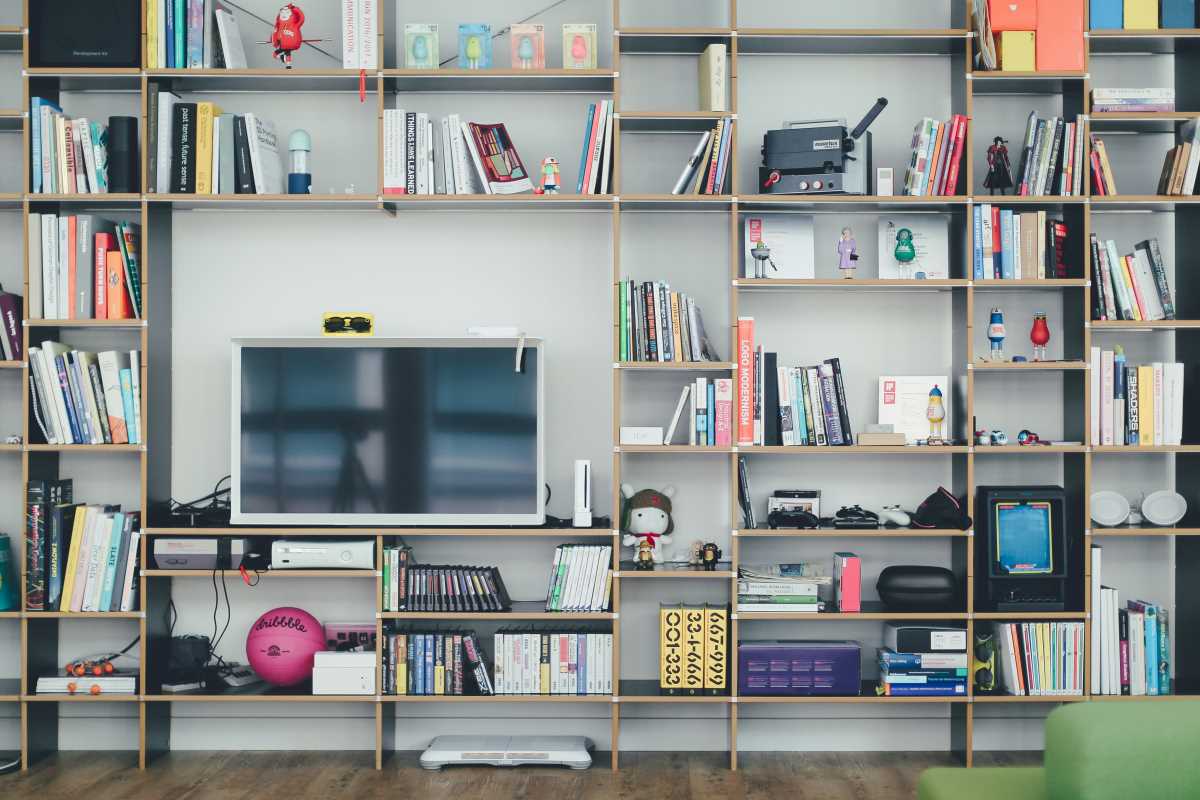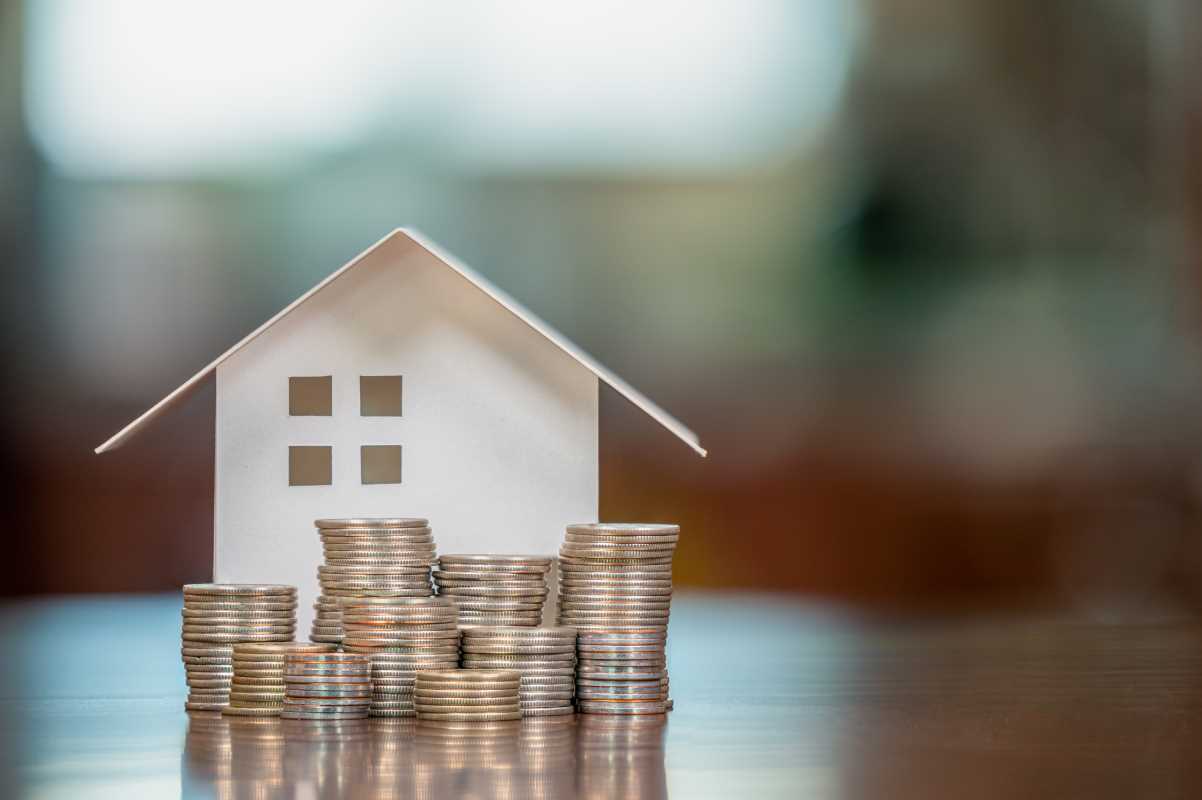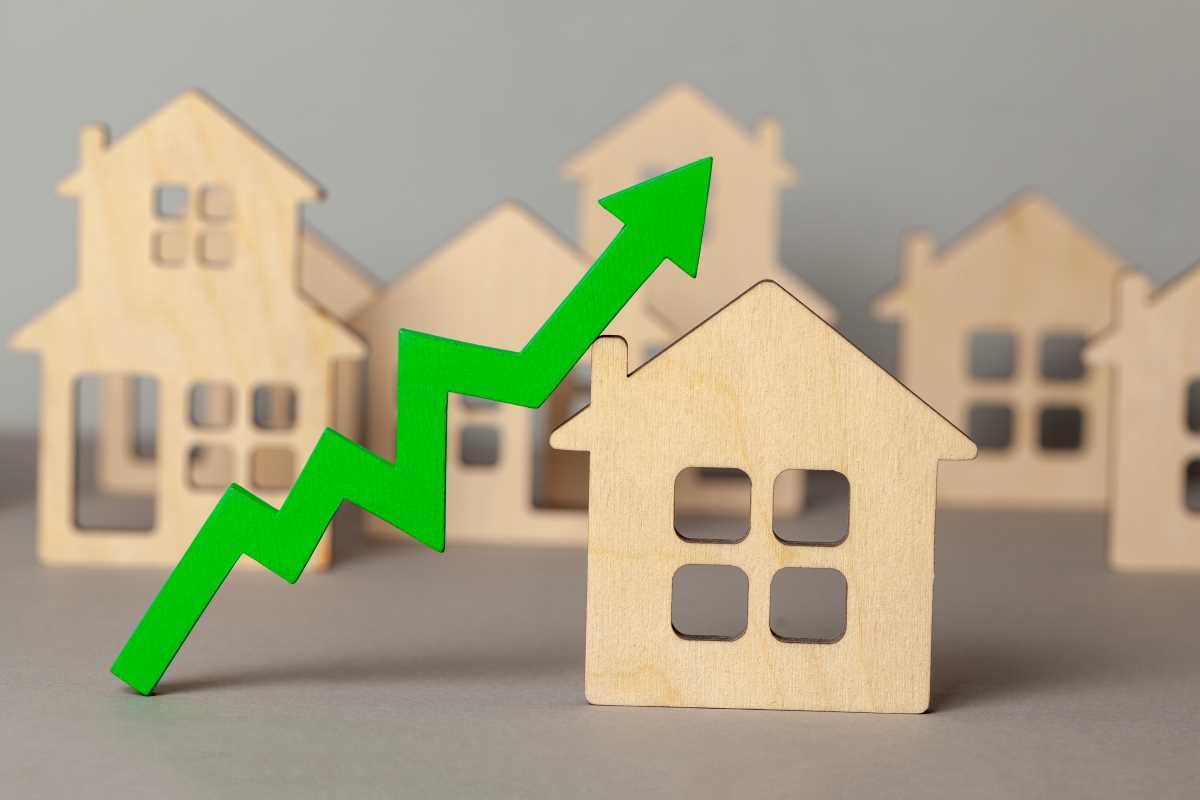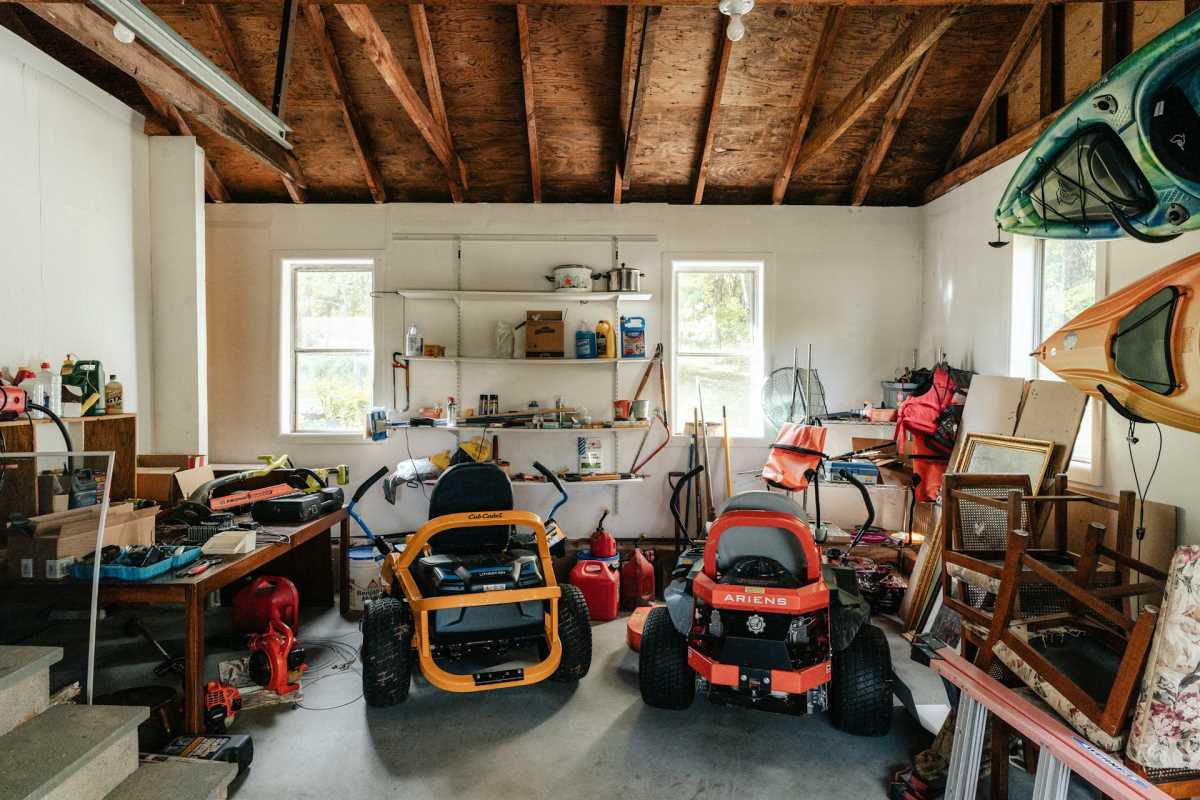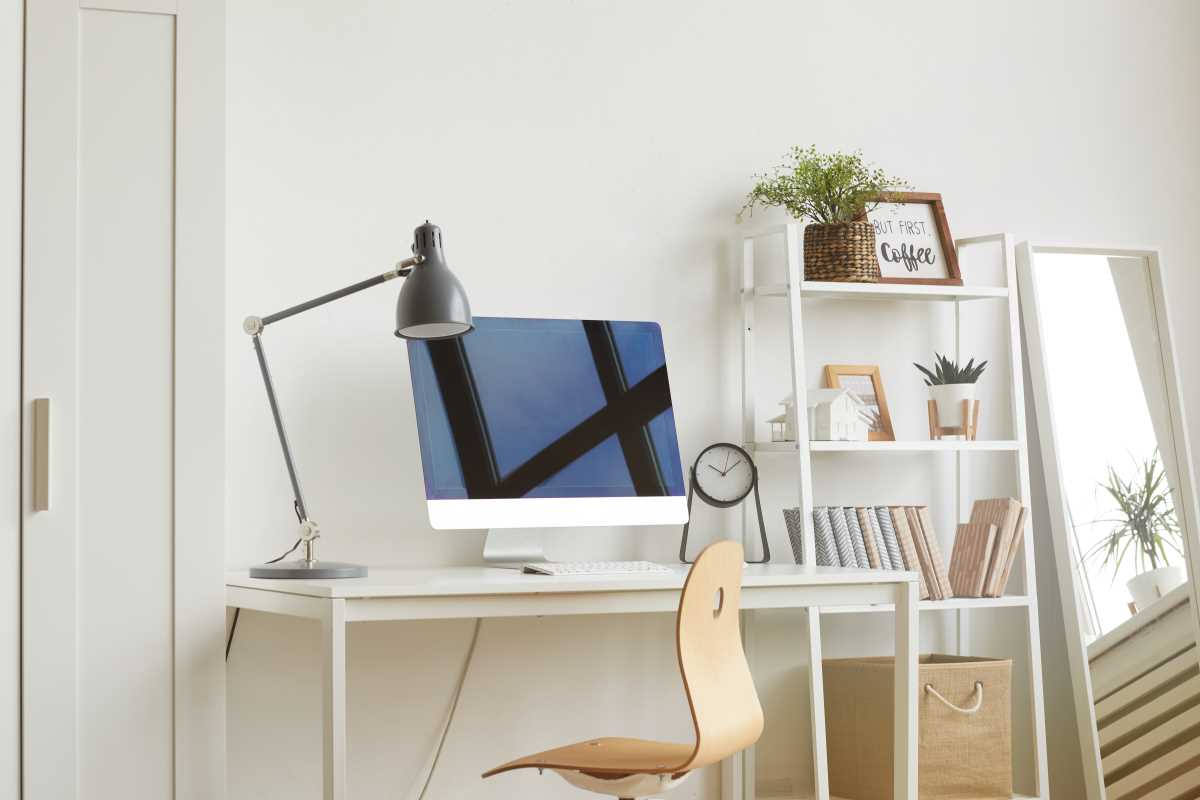The world of home decor can sometimes feel like a relentless cycle of fleeting trends and mass-produced items destined for a landfill. One season it's all about minimalist beige, and the next, you're being told your home is incomplete without a neon green, oddly shaped vase. But a quieter, more thoughtful movement is taking root, one that champions personality over passing fads and kindness to the planet over convenience. Welcome to the world of DIY eco home decor, where sustainability is the ultimate style statement and your own two hands are the best design tools you can own.
This approach is about transforming your space with beautiful, meaningful objects that don't cost the Earth, literally. It’s a creative rebellion against throwaway culture, proving that you can craft a home that is both stunning and sustainable. By using reclaimed, recycled, and natural materials, you're not just decorating; you're telling a story. Each piece has a history and a purpose, turning your home into a unique sanctuary that reflects your values as much as your aesthetic. It’s about finding beauty in the overlooked and giving everyday materials a glamorous second act.
The Art of Upcycling
At the heart of eco-friendly DIY is the glorious art of upcycling. This isn't just your grandmother’s craft corner; it's a sophisticated design philosophy that sees potential where others see trash. Upcycling is the process of transforming discarded objects or materials into something new of higher quality or value. That empty wine bottle isn't just recycling; it's a future candle holder or a sleek bud vase. That stack of old magazines can become a colorful, coiled trivet. It’s a creative challenge that asks, "What else could this be?"
The magic of upcycling lies in its ability to infuse your home with character. Anyone can buy a generic picture frame, but one you’ve crafted from reclaimed barn wood or decorated with sea glass from a memorable vacation tells a personal story. This process forces you to slow down and appreciate the materials around you. It fosters a deeper connection to your belongings and encourages a more mindful approach to consumption. By saving an item from the landfill and giving it a new purpose, you’re making a small but powerful statement against wastefulness.
Harnessing the Power of Natural Materials
Stepping into eco-decor also means embracing the inherent beauty of the natural world. This trend is about bringing the outside in, using materials that are renewable, biodegradable, and endlessly beautiful. Think beyond just potted plants and consider the decorative potential of wood, stone, cork, and natural fibers. A fallen branch from your backyard, sanded smooth and mounted on the wall, can become a rustic and organic jewelry holder. A collection of smooth river stones can be painted with intricate patterns to serve as paperweights or decorative objects on a bookshelf.
Working with natural materials connects your home to the environment in a tangible way. Fibers like jute, hemp, and organic cotton can be used for a myriad of DIY projects, from macrame plant hangers to woven wall hangings and custom pillow covers. These materials add texture, warmth, and a sense of calm to any space. Unlike synthetic materials produced with harsh chemicals, they are gentle on the planet from their creation to their eventual return to the earth. It’s a design choice that feels as good as it looks.
Reclaimed and Salvaged Treasures
For the slightly more ambitious DIYer, the world of reclaimed and salvaged materials is a treasure trove of possibilities. This is where you graduate from upcycling glass jars to transforming architectural salvage into statement pieces. An old, discarded window frame can be fitted with a mirror to create a stunning, rustic focal point for your living room. A stack of salvaged shipping pallets, with a little sanding and a coat of non-toxic paint, can become a chic and functional coffee table or a vertical garden for your balcony.
Venturing into salvage yards, flea markets, and antique shops becomes an exciting treasure hunt. You're searching for items with history and character, pieces that have already lived one life and are ready for another. This not only diverts significant waste from landfills but also gives you access to high-quality, durable materials like old-growth wood that you simply can't find in modern stores. Your finished project will be a one-of-a-kind creation, imbued with a sense of history and soul that no mass-produced item can ever replicate.
Creative Ideas for Your Eco-friendly Home
Feeling inspired to start creating? The best eco-DIY projects are often the simplest, using materials you likely already have on hand. The goal is to start small, build your confidence, and have fun with the process. Let your creativity guide you and don't be afraid to experiment.
Here are a few ideas to kickstart your journey into sustainable home decor:
- Glass Jar Lanterns: Thoroughly clean out old pasta sauce or jam jars. Wrap them with twine or intricate macrame knots, or paint them with translucent glass paint. Pop in a battery-operated fairy light or a tea candle for magical, ambient lighting.
- Fabric Scrap Wall Art: Don't throw away old clothes or fabric remnants. Cut them into strips and wrap them around a canvas or embroidery hoop to create abstract, textured wall art. You can arrange colors to create patterns or a beautiful gradient effect.
- Tin Can Herb Garden: Clean out used tin cans, remove the labels, and drill a few small drainage holes in the bottom. You can paint them, wrap them in decorative paper, or leave them as-is for an industrial look. Plant them with your favorite herbs for a charming and useful windowsill garden.
- DIY Cork Board: Save wine corks and glue them into a reclaimed picture frame to create a custom, eco-friendly bulletin board for your kitchen or home office. You can arrange the corks in various patterns for extra visual interest.
- Book Page Garland: Give old, falling-apart books a new life. Cut pages into shapes, hearts, circles, or leaves, and string them onto a piece of twine. It creates a delicate, whimsical garland perfect for draping over a mantelpiece or headboard.
A Mindset of Mindful Creation
Ultimately, DIY eco home decor is about more than just a collection of projects; it's a shift in mindset. It's about choosing intention over impulse and creativity over consumption. Every item you choose to make yourself is one less item you need to buy. This mindful process of creation fosters a greater appreciation for the resources we use and the work that goes into making the objects that fill our lives. It encourages us to become active participants in building our environment rather than passive consumers.
This journey will make you see the world differently. A walk in the woods becomes a sourcing trip for a new centerpiece. The recycling bin becomes a treasure chest of raw materials. By choosing to create, you are not only decorating your home but also making a conscious choice to live more sustainably and beautifully. Your home becomes a living gallery of your ingenuity, your values, and your commitment to a healthier planet.
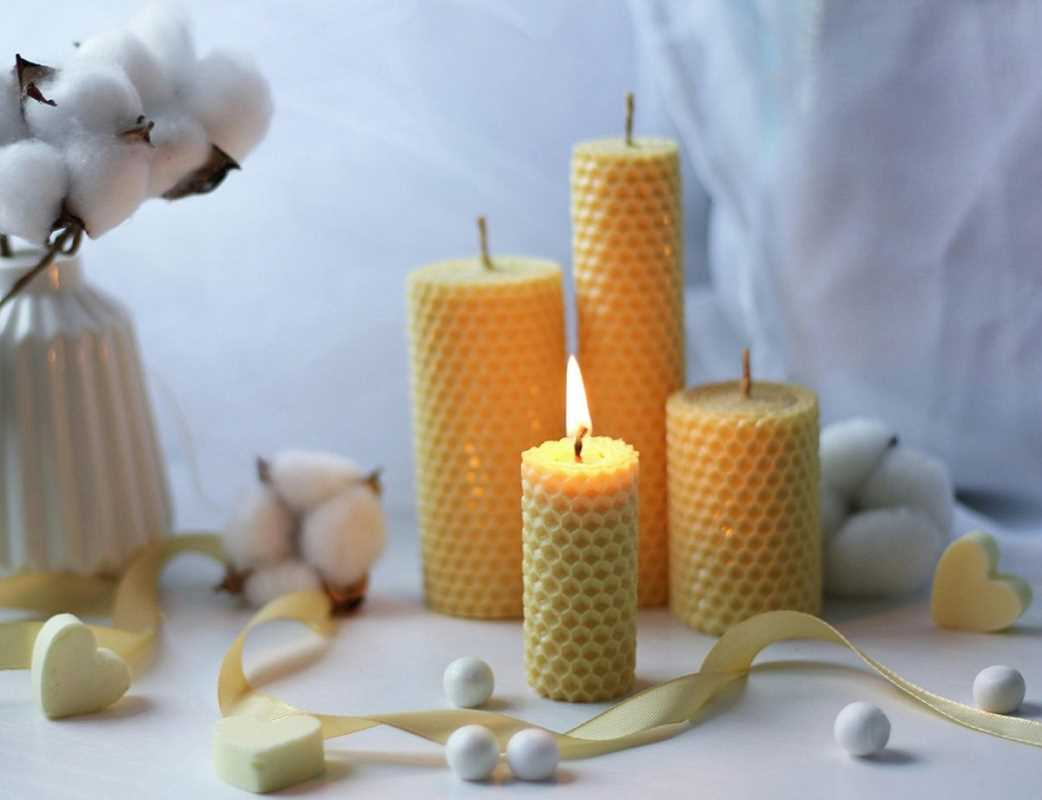 (Image via
(Image via